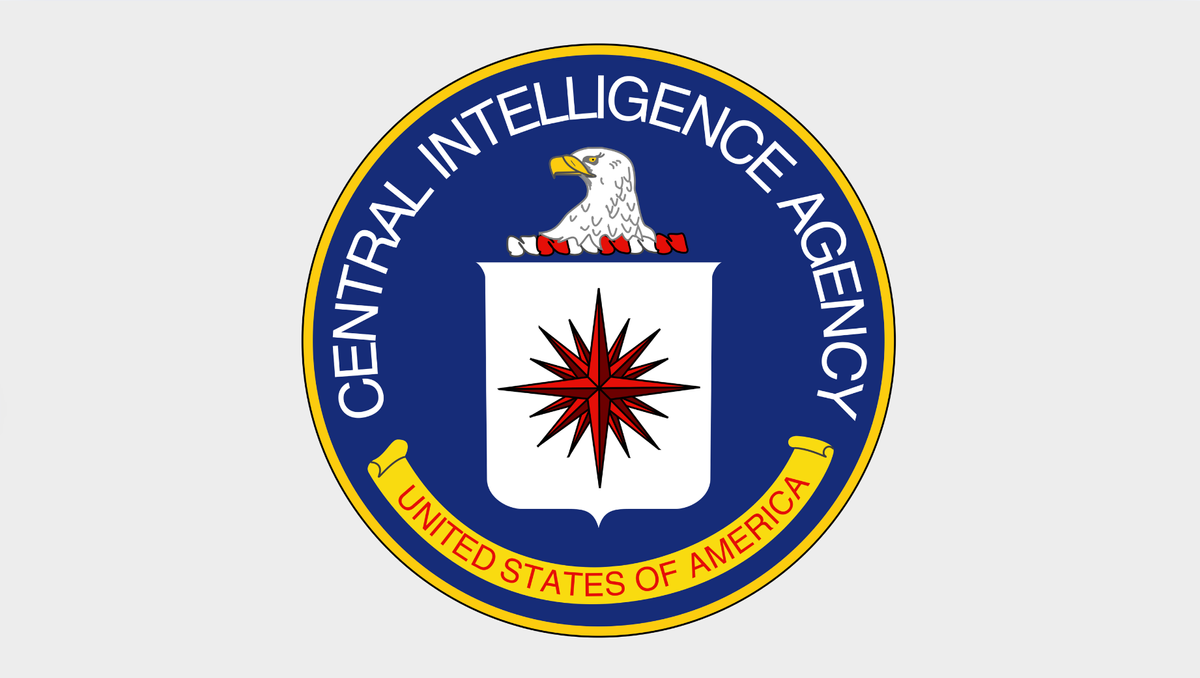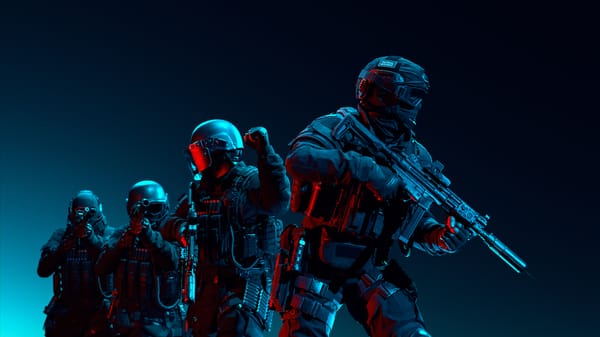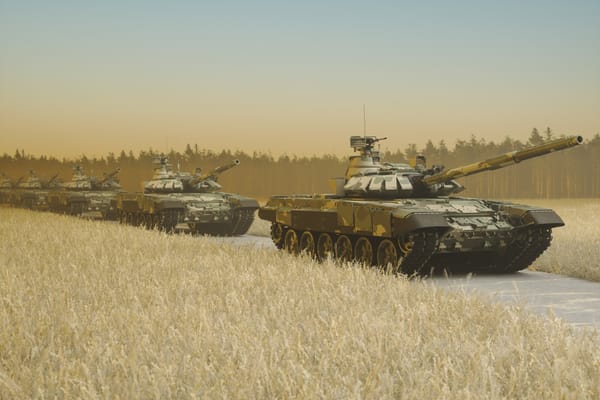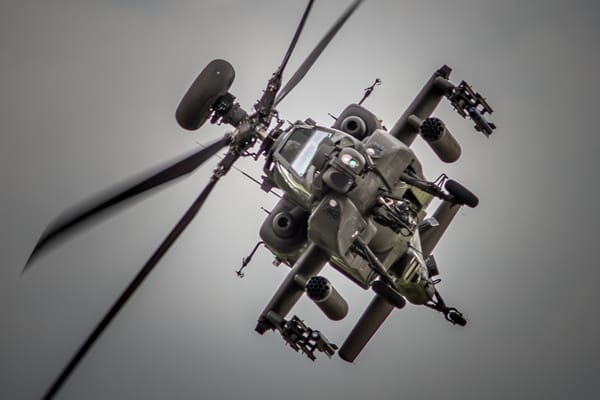🇺🇸 Central Intelligence Agency (CIA)

The Central Intelligence Agency (CIA) is the principal civilian foreign intelligence service of the United States, operating under the authority of the Director of National Intelligence (DNI). Established in 1947, its main purpose is to collect, analyze, and disseminate foreign intelligence to support national security decision-making at the highest levels of the U.S. government. Although widely known for its covert activities, the CIA’s broader mandate is to provide timely, accurate intelligence assessments on issues ranging from terrorism and nuclear proliferation to economic trends and cyber threats.
Within the U.S. intelligence community (IC), the CIA occupies a distinctive role: it focuses on human intelligence (HUMINT) and covert operations, often working in collaboration with other agencies such as the National Security Agency (NSA) and Federal Bureau of Investigation (FBI). The agency’s clandestine branch, formerly called the National Clandestine Service and now commonly known as the Directorate of Operations, oversees undercover activities abroad—everything from recruiting foreign assets to carrying out specialized missions. Meanwhile, the Directorate of Analysis is responsible for sifting through the vast array of collected data—whether from human sources, signals intelligence, or open-source information—to produce analytical reports that help shape U.S. policy.
Over the years, the CIA has been synonymous with espionage dramas and high-stakes foreign policy maneuvers, but it also plays a critical role behind the scenes. It supports counterterrorism operations, counters proliferation of weapons of mass destruction, and provides intelligence support to the U.S. military. Additionally, the agency conducts research and innovation through specialized units such as In-Q-Tel, its venture capital arm, investing in technologies that could offer strategic advantages. While much of its work remains secretive, the CIA’s imprint can be felt in global affairs—from Cold War power plays to today’s complex geopolitical landscape.
History
The modern CIA is the product of several decades of evolution, shaped by the tumultuous events of the 20th and early 21st centuries. Below is an overview of its major phases, each reflecting distinct challenges and priorities for the United States.
Origins and Formation (1940s–1950s)
• Office of Strategic Services (OSS): During World War II, the OSS acted as America’s first centralized intelligence organization, created to coordinate espionage, sabotage, and propaganda against the Axis Powers. Led by William J. Donovan, the OSS developed many techniques and networks that would influence future intelligence practices.
• National Security Act of 1947: After World War II, the U.S. government recognized the need for a permanent agency dedicated to gathering and assessing foreign intelligence, especially in the face of rising tensions with the Soviet Union. This led to the passage of the National Security Act in 1947, establishing the CIA. The law also created the National Security Council (NSC) to coordinate defense and foreign policy at the highest levels.
• Early Missions and the Cold War Framework: From its inception, the CIA focused on countering perceived Soviet expansion. Intelligence gathering, covert political actions, and propaganda operations became the main tools of the emerging ideological struggle. These formative years saw the CIA establish its operational capacities around the world, often through station chiefs embedded in U.S. embassies.
2.2 Height of the Cold War (1950s–1980s)
• Covert Operations and Regime Changes: As the Cold War intensified, the CIA gained notoriety for clandestine interventions in countries such as Iran (1953), Guatemala (1954), and later in Southeast Asia and Latin America. These covert actions aimed to install or support governments friendly to U.S. strategic interests and counter perceived Soviet influence.
• Technological Intelligence and U-2 Program: On the technical side, the CIA worked on projects like the U-2 spy plane, which provided crucial aerial reconnaissance of Soviet missile capabilities. The success of these missions demonstrated the value of cutting-edge technology for intelligence collection, setting the stage for future satellite and drone programs.
• Containment and Proxy Conflicts: Throughout the 1960s and 1970s, the CIA’s operations expanded in areas like Vietnam, where it supported counterinsurgency efforts, and in Latin America, where it backed anti-communist regimes. By the 1980s, the CIA played a role in funding anti-Soviet forces, such as the mujahideen in Afghanistan. While some of these initiatives were strategically successful, they often proved controversial when details emerged, generating debates over the limits of U.S. interventionism.
2.3 Post-Cold War Transition (1990s)
• New World Order and Budget Constraints: The collapse of the Soviet Union in 1991 removed the CIA’s primary adversary, prompting a period of recalibration. With the bipolar world order fading, the agency faced budget cuts and existential questions about its new purpose. Counter-narcotics, transnational crime, and regional conflicts replaced the once-dominant focus on Soviet threats.
• Intelligence Failures and Organizational Critiques: The decade also saw high-profile revelations about past covert activities. Congressional inquiries into CIA operations highlighted misconduct and human rights abuses, spurring calls for greater oversight. Coupled with the Aldrich Ames spy scandal—where a CIA officer was caught selling secrets to the Russians—these events underscored the need for internal reforms and rigorous accountability measures.
2.4 Post-9/11 Era (2000s–2010s)
• War on Terror and Expanded Authorities: The terrorist attacks of September 11, 2001, radically shifted America’s national security priorities. The CIA became a key player in counterterrorism efforts, gathering intelligence on al-Qaeda, ISIS, and other extremist groups. Enhanced interrogation techniques, extraordinary renditions, and secret detention facilities came under intense scrutiny, raising ethical and legal questions.
• Greater Emphasis on Cyber and Technology: As global communication networks grew more interconnected, the CIA ramped up investment in cyber capabilities. The agency sought to track terrorist communications, disrupt online radicalization, and safeguard U.S. digital infrastructure.
• U.S. Intelligence Community Reorganization: In 2004, the position of Director of National Intelligence (DNI) was created to better coordinate intelligence across multiple agencies. Though the CIA continued to report to the President, it now operated under the broader leadership of the DNI, which aimed to reduce bureaucratic silos and foster inter-agency collaboration.
Outlook
In an increasingly complex and digitized global environment, the CIA faces a growing list of challenges. How effectively it responds will shape not only U.S. foreign policy but also global security dynamics. Below are some key issues and how the CIA may evolve over the next 5–10 years:
1. Great Power Competition
After a relative lull in state-to-state tensions following the Cold War, strategic competition with Russia and China has resurfaced. Cyber intrusions, disinformation campaigns, and military buildups underscore the renewed race for geopolitical influence. For the CIA, this means a return to more traditional intelligence work—penetrating foreign governments, understanding adversarial strategies, and analyzing near-peer rivals’ military and technological capacities.
2. Cybersecurity and Emerging Technologies
As technology advances at breakneck speed, the CIA must refine its capabilities in artificial intelligence, big data analytics, quantum computing, and other cutting-edge fields. Cyber espionage and digital surveillance are central to modern intelligence. The CIA must therefore work closely with tech companies, academia, and specialized government agencies. However, balancing national security concerns with the privacy rights of citizens will remain a contentious policy challenge.
3. Terrorism and Non-State Actors
Although attention has partly shifted to major-power rivalries, terrorist threats persist in regions like the Middle East, Africa, and South Asia. Additionally, ideological and domestic extremism within the U.S. homeland continues to concern policymakers. The CIA’s counterterrorism mission will remain crucial, requiring coordination with domestic agencies like the FBI and international partners to track the movement of fighters, weapons, and finances.
4. Climate Change and Global Instability
Environmental stresses—such as droughts, natural disasters, and resource scarcity—could exacerbate political instability, leading to mass migrations and regional conflicts. The CIA has already begun analyzing climate-related risks to national security, but these efforts may expand as climate change accelerates. Intelligence collection will likely involve monitoring critical water supplies, food security, and the impacts of extreme weather events on vulnerable populations.
5. Transparency and Public Trust
In an era of social media and 24/7 news cycles, intelligence agencies operate under unprecedented public scrutiny. Leaks—both from insiders and through cyber breaches—pose significant reputational and operational risks. Over the next decade, the CIA may face calls for greater transparency and reform, especially regarding its covert activities. Balancing secrecy with democratic oversight will remain an ongoing tension.
6. Evolving Workforce and Culture
To keep pace with technological and geopolitical shifts, the CIA will need to recruit personnel with specialized skills—particularly in data science, cyber operations, and linguistic expertise related to strategic regions. Organizational agility will be key. This includes embracing a more diverse talent pool and fostering a culture of innovation, collaboration, and ethical responsibility.
As the CIA enters its eighth decade of existence, it does so amidst multiple, overlapping security challenges—from the rise of digital espionage to resurgent great-power conflicts. The agency’s historical experience—shaped by world wars, ideological struggles, and the post-9/11 focus on terrorism—provides a foundation for navigating these new threats. Yet adapting to the rapid pace of technological change, maintaining public trust, and cooperating with both allies and domestic counterparts will be crucial if the CIA is to remain effective.
In the next five to ten years, the agency is expected to deepen its focus on state-level adversaries while still contending with transnational terrorism, cyber threats, and the unpredictable effects of global instability. How well the CIA anticipates and responds to these issues will play a pivotal role in shaping U.S. foreign policy and, by extension, global affairs. While the challenges are immense, the organization’s capacity for transformation—demonstrated across decades—suggests that the CIA will continue to evolve, using intelligence as a vital instrument of national security in an ever-changing world.





